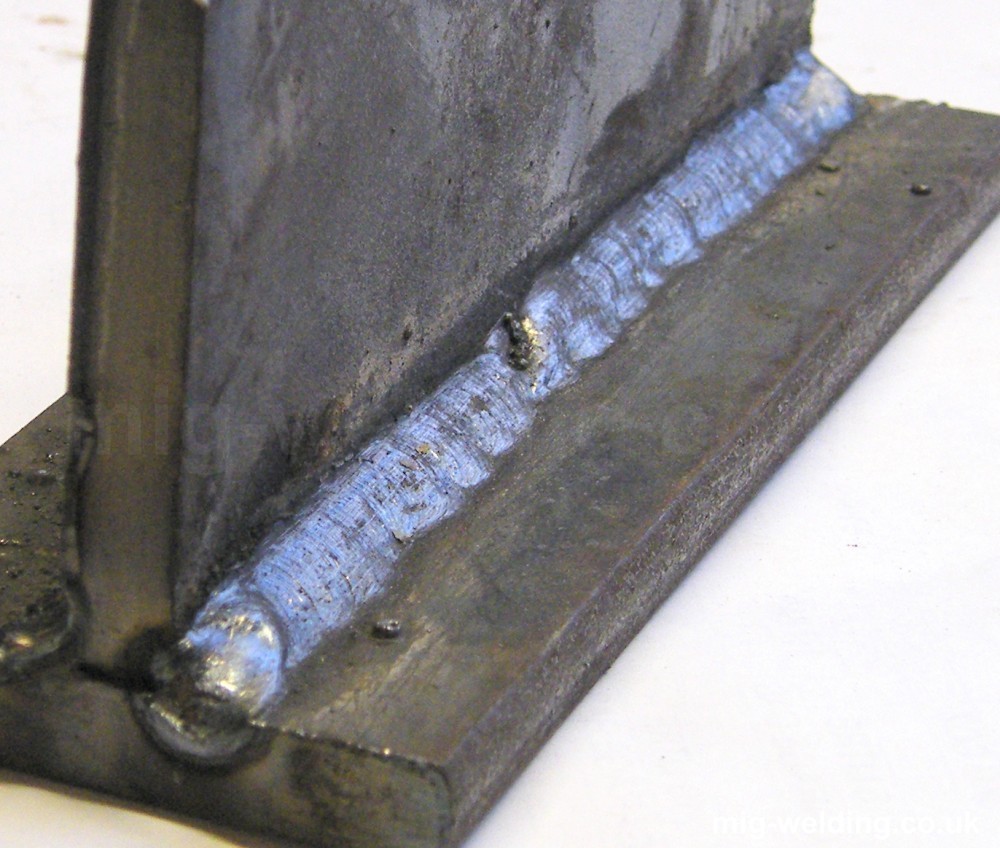Recognizing the Causes and Solutions for Undercut Welding in Metal Fabrication Processes
In the world of steel manufacture procedures, the event of undercut welding poses a considerable difficulty that requires a thorough understanding of its reasons and sensible solutions. The elaborate interplay of different elements during welding operations can result in this unfavorable phenomenon, affecting the structural stability and general high quality of the welded joints - Preventing weld undercut. By exploring the origin of undercut welding and discovering efficient restorative measures, fabricators can elevate the criterion of their craftsmanship and guarantee the production of remarkable metal components
Typical Root Causes Of Undercut Welding
Often ignored in steel manufacture, undercut welding occurs due to various elements that demand careful focus and expertise to be efficiently reduced. Furthermore, incorrect welding strategies, such as making use of the incorrect welding angle or take a trip rate, can likewise add to damage formation. The option of welding specifications, such as voltage, present, and cable feed speed, plays a considerable role in the occurrence of undercut welding.
Impact of Incorrect Welding Parameters
Incorrect welding parameters can significantly compromise the integrity and top quality of bonded joints in steel construction processes. The impact of wrong welding criteria materializes in different ways, leading to architectural weak points and flaws in the welded parts. One essential facet impacted by incorrect welding specifications is the penetration depth of the weld. Inadequate warmth input as a result of reduced welding currents or excessively high travel rates can lead to inadequate blend between the base steels, bring about incomplete joint infiltration and deteriorated bonds. On the other hand, too much warm input triggered by high welding currents or slow-moving travel rates can cause burn-through and excessive support, creating a weak and unsteady weld framework. Furthermore, wrong specifications such as inappropriate voltage settings or wrong electrode angles can contribute to irregular weld bead accounts, absence of fusion, and raised chances of issues like undercutting. Thorough attention to welding specifications is vital to make certain the production of premium welds with the wanted mechanical properties and structural stability.
Result of Improper Lantern Angle
Incorrect torch angle in welding operations can significantly influence the top quality and stability of the final weld joints in metal manufacture procedures. The torch angle plays an important role in determining the warmth input and circulation during welding. When the lantern angle is wrong, problems such as undercutting can emerge. Damaging is a common welding issue where a groove creates along the weld toe, deteriorating the joint and compromising its architectural stability.
A lantern angle that is too high can lead to inadequate infiltration, incomplete combination, and raised spatter. On the other hand, a lantern angle that is also superficial can result in extreme infiltration, burn-through, and distortion of the base product. Preventing weld undercut. Correct torch angle is crucial for guaranteeing constant weld top quality, stamina, and look
To prevent undercutting and various other issues brought on by incorrect lantern angles, welders have to be educated to maintain the correct torch angle throughout the welding procedure. Normal surveillance and adjustment of torch angles throughout welding can assist attain audio welds with minimal defects.
Function of Inadequate Welding Methods

Another element of insufficient welding methods is inappropriate weld prep work. Poor cleansing of the base steels, wrong joint layout, or insufficient edge preparation can all contribute to undercut welding. Poor securing gas insurance coverage or making use of the incorrect type of gas can result in incomplete fusion and the development of undercut issues.
To resolve the duty of insufficient welding methods in metal fabrication procedures, it is vital to give detailed training for welders. Appropriate education on welding parameters, joint prep work, and protecting gas choice can help protect against undercut welding and make certain top notch welds in metal fabrication tasks.
Efficient Solutions for Undercut Welding
Dealing with undercut welding in steel construction requires implementing efficient services to boost weld high quality and structural honesty. One of the key options to combat undercut is to readjust welding specifications such as voltage, existing, and travel rate to guarantee proper warm input and fusion. By fine-tuning these settings, welders can prevent extreme melting of the base steel and filler material, lowering the see post probability of undercut development.
Furthermore, correct joint preparation is critical in stopping undercut. Ensuring tidy base steel surfaces devoid of contaminants and making use of the appropriate bevel angle can assist advertise better weld penetration and lower the risk of undercut - Preventing weld undercut. Utilizing ideal welding techniques, such as oscillating the lantern or weaving, can additionally aid in distributing warm equally and filling the weld joint effectively, minimizing the possibility of undercut flaws
In addition, picking the correct welding consumables, including electrodes and filler metals, is necessary in minimizing undercut. Using materials with suitable chemical structures and mechanical properties can add to achieving sound welds with very little undercut. Regular evaluation and quality check assurance procedures need to additionally be applied to detect and address undercut issues promptly, ensuring the Check This Out overall honesty of made steel parts.

Final Thought
Finally, comprehending the causes and solutions for undercut welding in metal manufacture procedures is vital for accomplishing premium welds. By dealing with common reasons such as wrong welding specifications, improper lantern angle, and insufficient welding methods, welders can prevent damaging and guarantee strong, sturdy welds. It is vital to take notice of these elements and implement reliable services to boost the general welding process and end product top quality.
